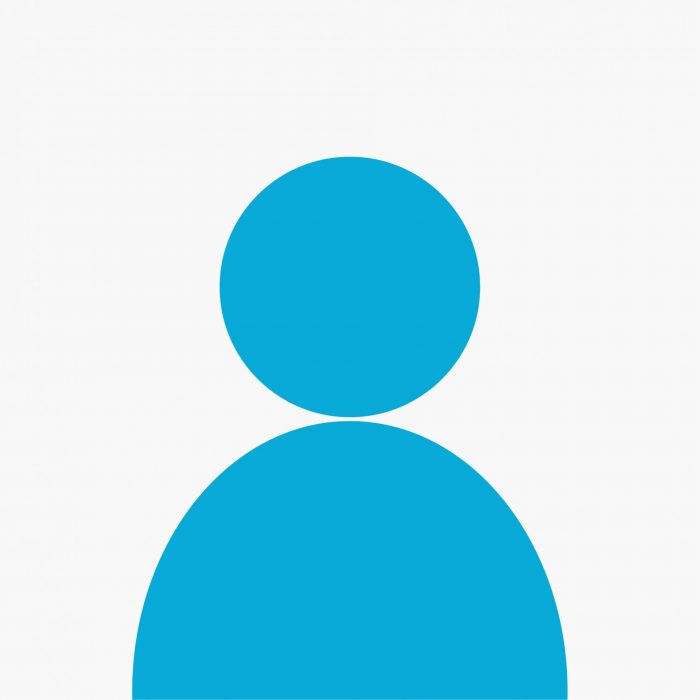Through exercise programming, it is possible to have your function restored and live a life that is pain-free. It utilizes a wide range of activities that help patients regain or maintain their strength, flexibility, balance, endurance, and stability. This form of treatment can prevent impairment and disability while improving one’s overall fitness.
Utilizes a wide range of activities that help patients regain or maintain their strength, flexibility, balance, endurance, and stability. This form of treatment can prevent impairment and disability while improving one’s overall fitness.


